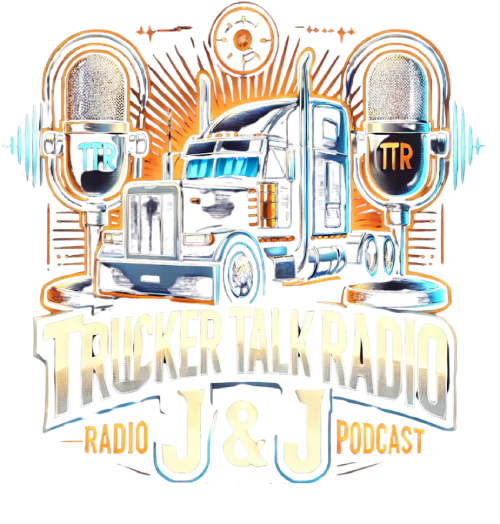Introduction to the New Independent Driver Classification Rule
The newly implemented independent driver classification rule in 2024 is creating considerable uncertainty in the trucking sector, impacting businesses such as American Cargo Enterprise based in Newark, NJ. This regulation changes the classification of owner-operators, potentially designating them as employees and leading to significant implications for operational expenses and legal standings.
Shifts in Employment Classification
In March 2024, the trucking industry experienced a crucial transformation with the rollout of this independent driver rule. This regulation alters the classification guidelines for trucking businesses, making it possible for a large number of drivers to be defined as employees rather than independent contractors. Kevin Persaud, President of American Cargo Enterprise, opines that this shift could elevate operational costs by 30% to 40%, a scenario he considers economically unfeasible.
Understanding the Employment Status Criteria
The Department of Labor’s adjustments introduce a thorough six-factor test to assess a driver’s employment status in accordance with the Fair Labor Standards Act (FLSA). This test aims to more accurately characterize the economic dependency that exists between workers and their employers.
Criteria for Classification
- Opportunity for Profit or Loss: Evaluates the extent to which a worker can affect their earnings based on business skills beyond simple task execution.
- Investment in Tools and Equipment: Considers whether the worker’s investments suggest a move toward business-operating behavior.
- Permanency of Relationship: Examines the stability of the worker-employer relationship, indicating possible dependency if the relationship is long-term.
- Nature and Degree of Control: Analyzes how much an employer can dictate the worker’s activities, including schedules and other operational aspects.
- Integration Into the Business: Determines if the work done is a core part of the employer’s operations.
- Skill and Initiative: Assesses the dimensions of skill and independent initiative employed by the worker in their role.
Industry Response and Challenges
Businesses are urged to conduct exhaustive reviews of their contracts and employment practices to comply with the new classification standards, which involve reassessing the role of independent contractors. However, industry leaders like Rebecca Oyler, President of the Pennsylvania Motor Truck Association, highlight the added complexities for smaller enterprises lacking adequate legal resources to navigate these new regulations.
Legal Debates and Continuing Litigation
Currently, various legal challenges and legislative efforts are aiming to amend or revoke the 2024 rule. Advocacy groups, including the American Trucking Associations, are pursuing legal avenues to secure the flexibility of employment classifications that existed prior to these new regulations. Congressional discussions are also taking place to evaluate the possibility of rescinding this rule, and comprehensive reviews of its industry-wide implications are underway.
Best Practices for Compliance
To effectively manage these challenges, companies are encouraged to enhance compliance efforts by improving training for HR and management staff regarding the new rules. Engaging in preemptive audits will help ensure that all employment practices align with the latest regulations and mitigate risks of misclassification.


